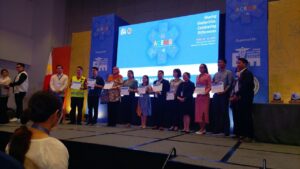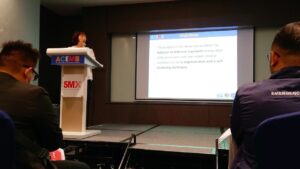2023年4月28日から4月30日にフィリピンで開催された第
演題名:Identifying the features of subgroups in adult ambulance users with non-urgent medical conditions in Japan: A segmentation approach


【Background】In Japan, approximately 60% of adult ambulance users are assessed as having a minor injury or disease by a physician at the emergency department (ED), and thus, not requiring hospitalization. They are a diverse group that utilizes a large proportion of emergency care resources. Segmentation, which divides a population into subgroups (segments) with similar characteristics, is a useful approach for identifying and providing intervention strategies tailored to the needs of each segment.
【Objectives】 Our study aimed to define the features of different subgroups of adult ambulance users with non-urgent medical conditions through the interpretation of quantitatively derived segments.
【Methods】The study was a population-based observational study using the ambulance transportation records database and ambulance request call records database from Higashihiroshima City, Japan, between January 1, 2016, to December 31, 2020. The participants were ambulance users, aged 18 to 64 years,who were assessed as having a minor injury or disease by a physician at the ED during the study period. A soft clustering method was performed to segment the participants based on 13 variables including their characteristics (age and sex), diagnosis at the ED, the location of the ambulance call,date and time of the ambulance call, emergency status as judged by EMS (Emergency Medical Service), and the accident category. Ethical approval was granted by the Ethics Committee of the Graduate School and Faculty of Medicine of Kyoto University (Approval No: R3745).【Results and Discussion】This analysis included 5,982 adult ambulance users (mean age, 39.3 years [standard deviation, SD:14.5], 44.2% women). Six segments were obtained: (1) “Users with neurological diseases or other injuries late at night on weekdays;” (2) “Users injured or involved in fire accidents, with increased on-scene time and multiple hospital inquiry;” (3) “Users transferred between hospitals;” (4) “Users with acute illnesses and transported from home;” (5) “Users involved in motor vehicle accidents”, and (6)“Users transferred to a hospital outside of the area during day time on weekdays.”
【Conclusion and Recommendations】The findings suggest that adult ambulance users with non-urgent medical conditions can be categorized into distinct segments using data from population-based ambulance records. Further research is needed to address the user needs of each segment and provide tailored interventions to meet these needs.

